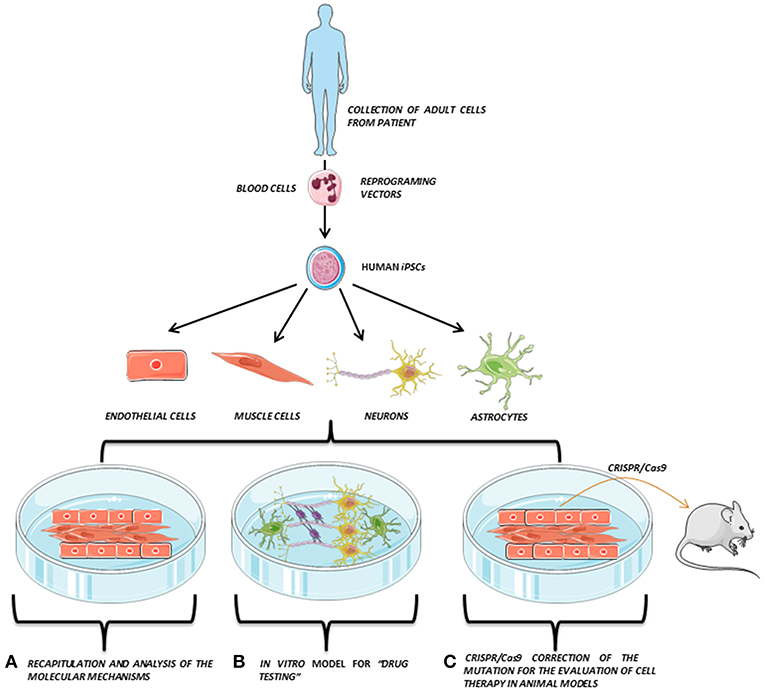


They are found in our bone marrow, blood and some of our organs and tissues. Adult Pluripotent Stem CellsĪdult pluripotent stem cells (APSCs) are the most powerful stem cells in our body. Stem cell treatments we provide involve adult pluripotent stem cells and adult multipotent stem cells. Most adult stem cells are multipotent stem cells and include hematopoietic and mesenchymal stem cells. Adult multipotent stem cells are found in our bone marrow, blood, fat, organs and other tissues. Multipotent stem cells arise when pluripotent stem cells are further differentiated to give rise to cells that are more specialized, often with a specific limited range of functions. There are two types, embryonic stem cells and adult pluripotent stem cells. Pluripotent stem cells can give rise to any cell present in the body but they do not have the potential to create an entire organism. They are only made in the first few embryonic divisions, thereafter differentiating (specializing) into pluripotent stem cells. Omnipotent stem cells can give rise to any cell, including the potential to create an entire organism. The three principal categories for consideration are omnipotent, pluripotent and multipotent stem cells. They are a natural repair and regeneration system that allows us to recover from injury and disease. Stem cells have the ability to renew themselves and become many other types of cell. Plainly, this encompasses stem cells and stem cell therapy. They will likely prove to be a game changer in the field of stem cells biology, for regenerative medicine and for our understanding of cancer initiation.ĮS cells MAPCs MUSE cells Pluripotent stem cells STAP cells Spore-like cells VSELs iPS cells.Most broadly, Regenerative Medicine can be described as, “building missing or damaged tissues and organs through the application of bioengineering principles or cell technology or both”. PSCs in adult tissues have remained elusive until now as they possibly get unknowingly discarded due to their small size and inability to pellet at 1000-1200 rpm (250 g). Such adult PSCs could be the ideal stem cell candidates to bring about endogenous regeneration compared to ES/iPS cells grown in Petri dish and also score better over ASCs which in fact are tissue committed progenitors with limited regenerative potential that differentiate from the PSCs. This article is a sincere attempt to review research carried out by various investigators over the last two decades and various attempts to demonstrate their presence in adult tissues. However, the very presence of PSCs in adult tissues is mired with controversies. These PSCs could also be the embryonic stem cells in adult tissues that were proposed to initiate cancers according to the Embryonic Rest Hypothesis put forth in the nineteenth century. They are thought to be more primitive than the adult stem cells (ASCs), serve as a backup pool to give rise to ASCs and thus play a crucial role in maintaining life-long homeostasis. Besides embryonic stem cells (ES) and induced pluripotent stem cells (iPS), it has been postulated that pluripotent stem cells (PSCs) may also exist in various adult tissues. Stem cells have fascinated scientists for a long time and huge research efforts have been put into them as they have the potential to regenerate diseased organs.


 0 kommentar(er)
0 kommentar(er)
